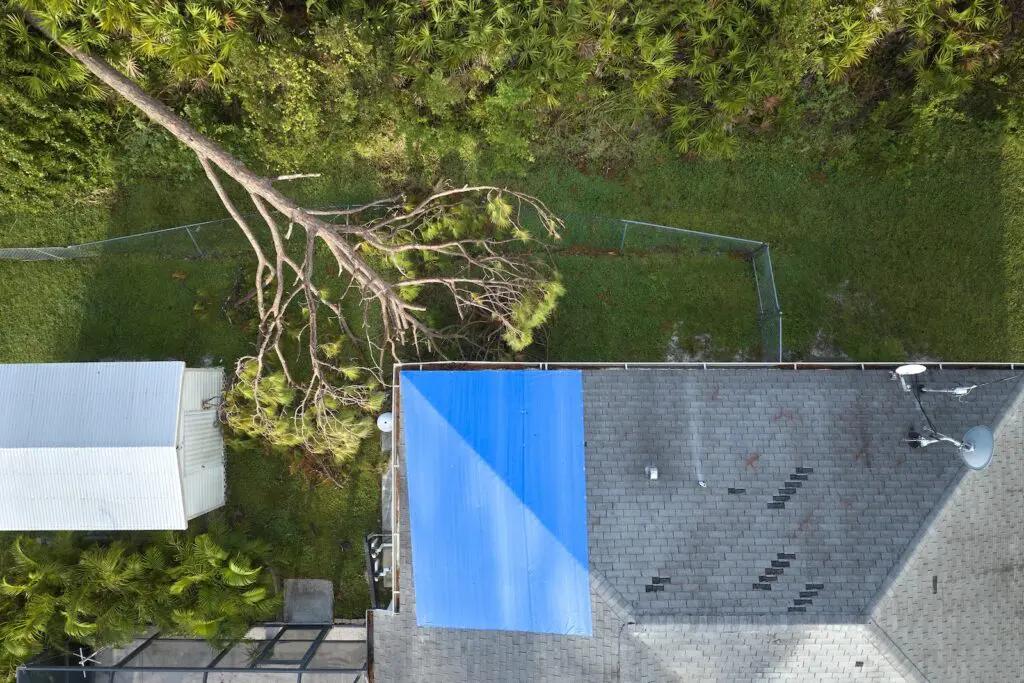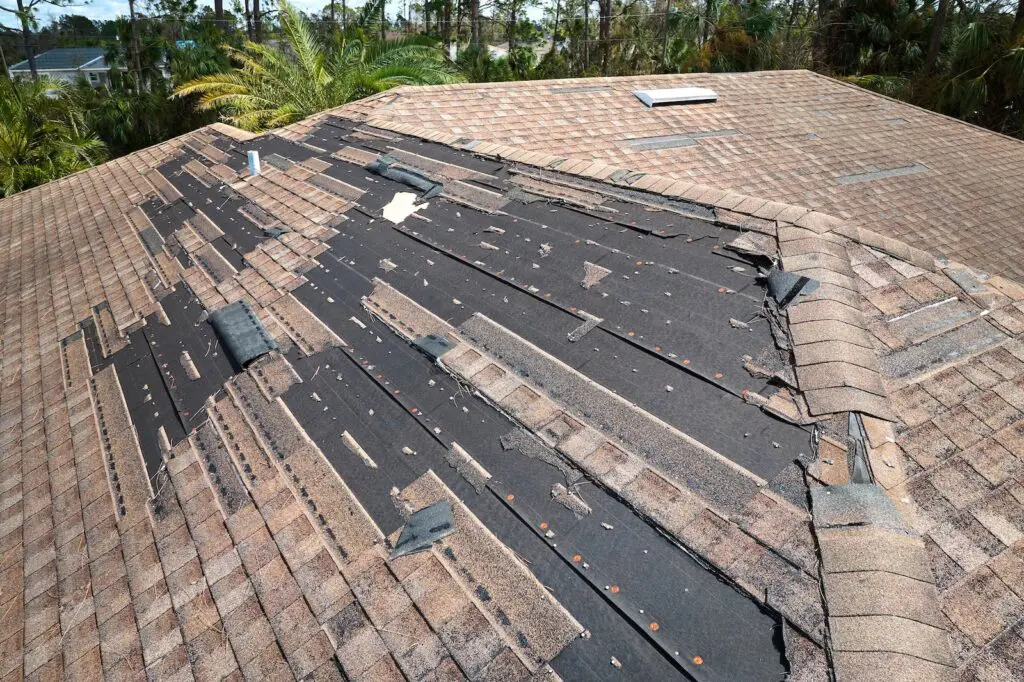Get ready for hurricane season with these helpful tips.
Your roof is the first line of defense against any extreme weather conditions. From heavy rain to strong wind gust, your entire home could be severely damaged by these forces if your roof is not installed properly.
Here at Batterbee Roofing, we want to make sure that your roof is ready to withstand some of Mother Natures harshest conditions. Refer to the following tips as you prepare your home for hurricane season to make sure your roof is protecting your house and those that live underneath it.

Step 1: Check Your Roof Covering
This includes shingles, tiles or whatever material you decided to finish your roof with. The roof covering is the first line of defense your roof has against the elements.
If you have shingles installed on your roof, look for blistered, curled, cracked or loose shingles. Water can make its way underneath these broken shingles, causing damage to not only your roof but also to the rafters, drywall or insulation in your attic.
Tile roofs require a bit more skill to inspect. We suggest hiring a roofing company to inspect your tile roof. However, you should be able to spot cracked, loose or broken tiles easily which are indicators that your roof is in need of repair.
Have a metal roof? Check for damage on the edges of the roof, as well as any holes, dents or rusting on the surface.
Tip: If you’re afraid of heights, use binoculars to get a better look at your roof covering.
Step 2: Inspect Any Skylights, Vents or Fans
While vents, fans and skylights make your home more comfortable, they also are an easy place for water to enter your home. You should be able to see cosmetic damage to these items outside your home, but true damage from leaking vents, fans and skylights is easily spotted inside. Water stains in your attic or cracked walls in your home can be an indication that one of these items isn’t working properly.
Step 3: Contact Your Roofer
Don’t be afraid to give your roofing company a call and ask them what materials and processes were used when installing your roof. High-quality materials and proper installation are key to making sure that all parts of your roof are working together and protecting your home.
Step 4: Check Your Attic
Your attic will show the first signs of any damage to your roof. Look for water stains on support beams, insulation and the floor. Also, check if any items stored in your attic are wet or damp. In most cases, this indicates that your roof is leaking. A hurricane will easily push water and wind through these crevices, doing more damage to your home and potentially ripping off parts of your roof.
Step 5: Inspect All Entryways
Vents in the attic, your garage door, windows, doors—anywhere that wind or water could come through should be inspected for proper installation and effective functionality. Strong wind gusts could push in your garage door, or even rip through closed doors and windows. When these forces get inside your home, they move upward to the attic and can damage your roof from the inside.

Step 6: After A Hurricane
Inspect the inside and outside of your home for damage. Check for missing shingles, holes in the roof, water in your attic and other places the hurricane could have potentially damaged. If there is any damage to your roof, contact your local roofing company immediately to schedule a roof inspection and storm damage repairs before the next rain storm or hurricane.
Schedule a Roof inspection with batterbee in Central florida
Get hurricane ready with Batterbee Roofing. Contact us today to schedule an inspection. Our roofing company will give you an honest assessment of your roof and make sure it’s ready for hurricane season.
